Surveys are a great tool for getting information, feedback, insights, and more from customers, employees, and other stakeholders. You can use what you learn from their responses to make informed business decisions. But you may not get the actionable information you need if you don’t follow a few best practices for survey design and distribution. Below are a few guidelines for survey data collection that will produce optimal results.
Here are 5 best practices for survey data collection
- Ask the right audience
- Don’t ask leading questions
- Avoid double-barreled questions
- Review and proofread thoroughly
- Instructions are clear
- All intended questions have been included
- All answer choices match the corresponding question
- There are no grammar or spelling errors
- Test the survey before full distribution
Those administering a survey usually direct questions at one of two groups: an actual group or a representative group. An actual group consists of people you’re seeking information from directly, for example, your customers or employees. A representative group is a collection of people who serve as your intended audience based on your desired criteria.
In either case, ensure you’re distributing your survey to only those people who fit your group of interest. For example, you may not want to survey all your customers or employees — you may want only those customers who bought a certain product within the last five years or employees who have filed a worker’s compensation claim during their term of employment.
Here’s a similar example for a representative group: If your customer base is mostly young males who are interested in sports, you may want to limit your participants to men between the ages of 18 and 30 who live in the United States.
Pro Tip
Not sure what survey questions to start with? Thousands of people have begun their survey journey with Jotform’s pre-built survey templates.
Always remember your goal for the survey. For example, if you have some wiggle room in the budget and want to provide your team with an engaging office activity, your goal would be to figure out what to purchase. Don’t ask team members questions about specific products or services, as that would lead them to believe the only options available are the ones you’ve listed.
Asking them how they’d feel about a new ping-pong table or an arcade machine, for instance, would imply only those options, or other similar, fun distractions, are on the table.
It would be more beneficial to learn what activities most employees enjoy or would like to do at work. You may find they’re more concerned about their level of activity or staying healthy. In that case, hiring a yoga instructor for lunchtime sessions might satisfy your employees more than a ping-pong table in the breakroom.
Double-barreled questions are two or more questions combined into one, such as “How satisfied were you with the customer service representative and the company?” What you’re really asking here are two separate questions. The first is about the satisfaction level with the customer service representative; the second is about the satisfaction level with the company.
Putting these two questions together invites inaccurate results. Respondents may have different feelings regarding the person and the business but would be forced to give the same answer for both.
“A question should specifically relate to one bit of information. Then other questions can ask for more bits. In this way, the survey will get to the real information you need,” says Barbara Sanner, founder and CMO of Complete Marketing Solutions.
This should go without saying, but checking your work is important. Go through the entire survey once you’ve finished putting it together and make sure
Sanner adds sage advice about reviewing surveys: “When one person writes a survey, it should be read, tested, and discussed with other people to ensure questions aren’t interpreted in ways that aren’t intended. The survey creator is often too close to the material and makes assumptions about the questions they’ve written.”
As with most things in business, it’s smart to test whenever possible. The last thing you want is to roll out a survey to your entire customer base and realize you wrote unclear instructions or included questions that missed the mark. That wastes time, for both you and your customers, and may come across as unprofessional.
To avoid this problem, choose a small group of people within your target audience or representative group. Send them the survey, then review the responses and/or communications you receive about any issues they had completing the survey. Correct as needed.
Pro Tip
Need a survey that better matches your business? Learn how to customize your survey properly with Jotform’s free How to Create a Survey guide.
Now that you know these survey best practices, it’s time to build your own survey. Check out these easy-to-use Jotform survey templates to get started quickly.





















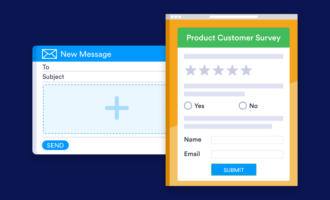



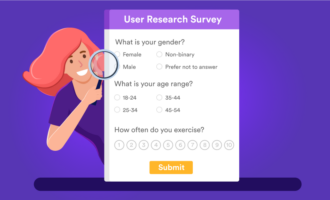




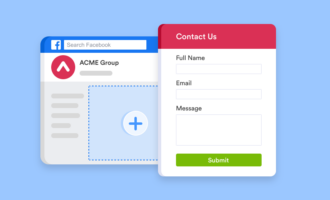
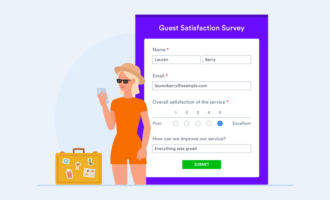










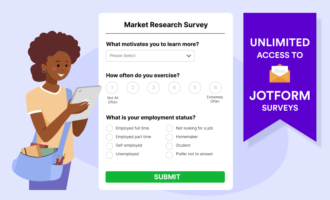






































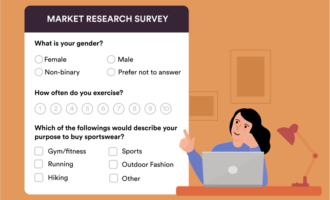




















Send Comment: